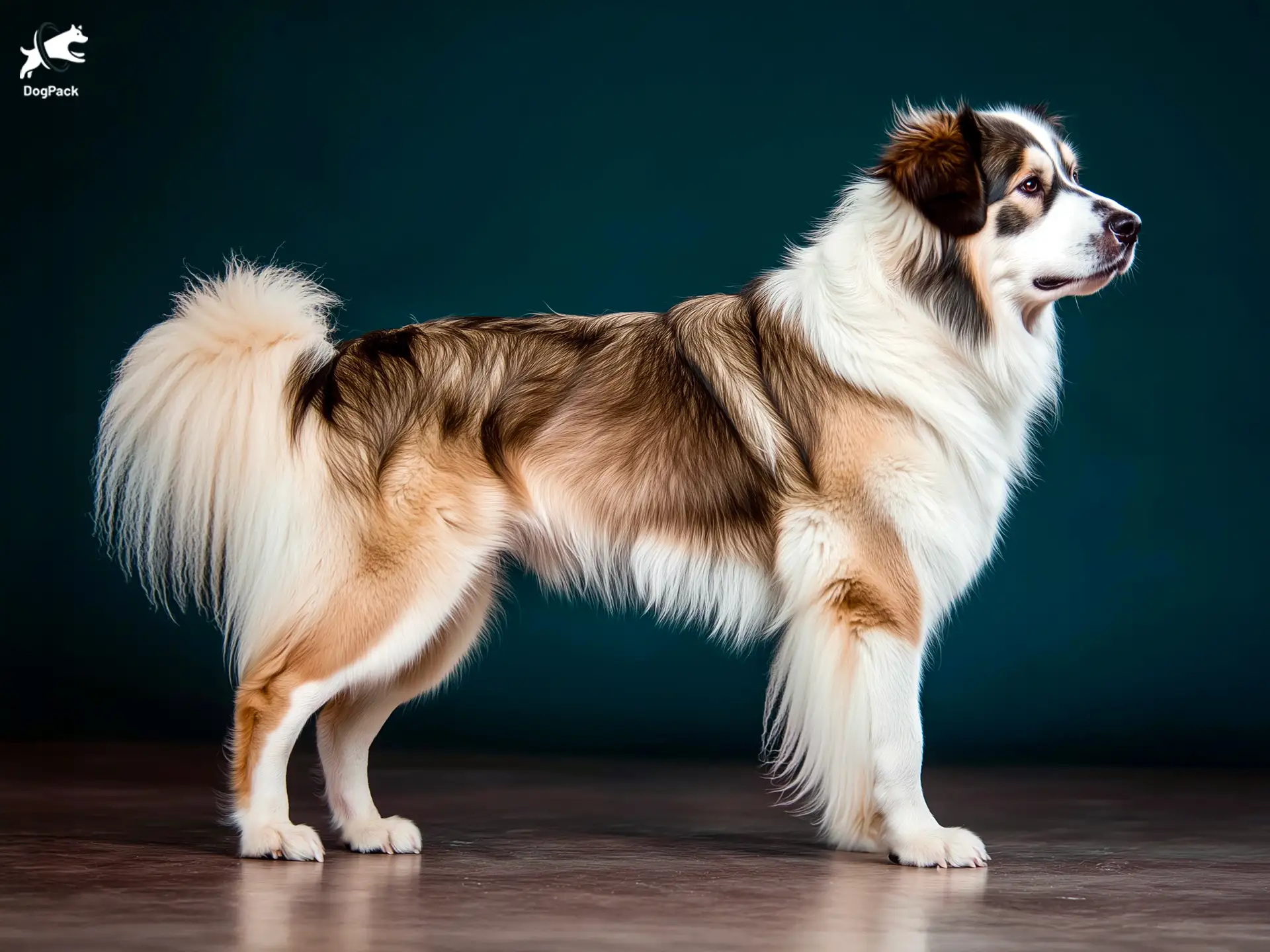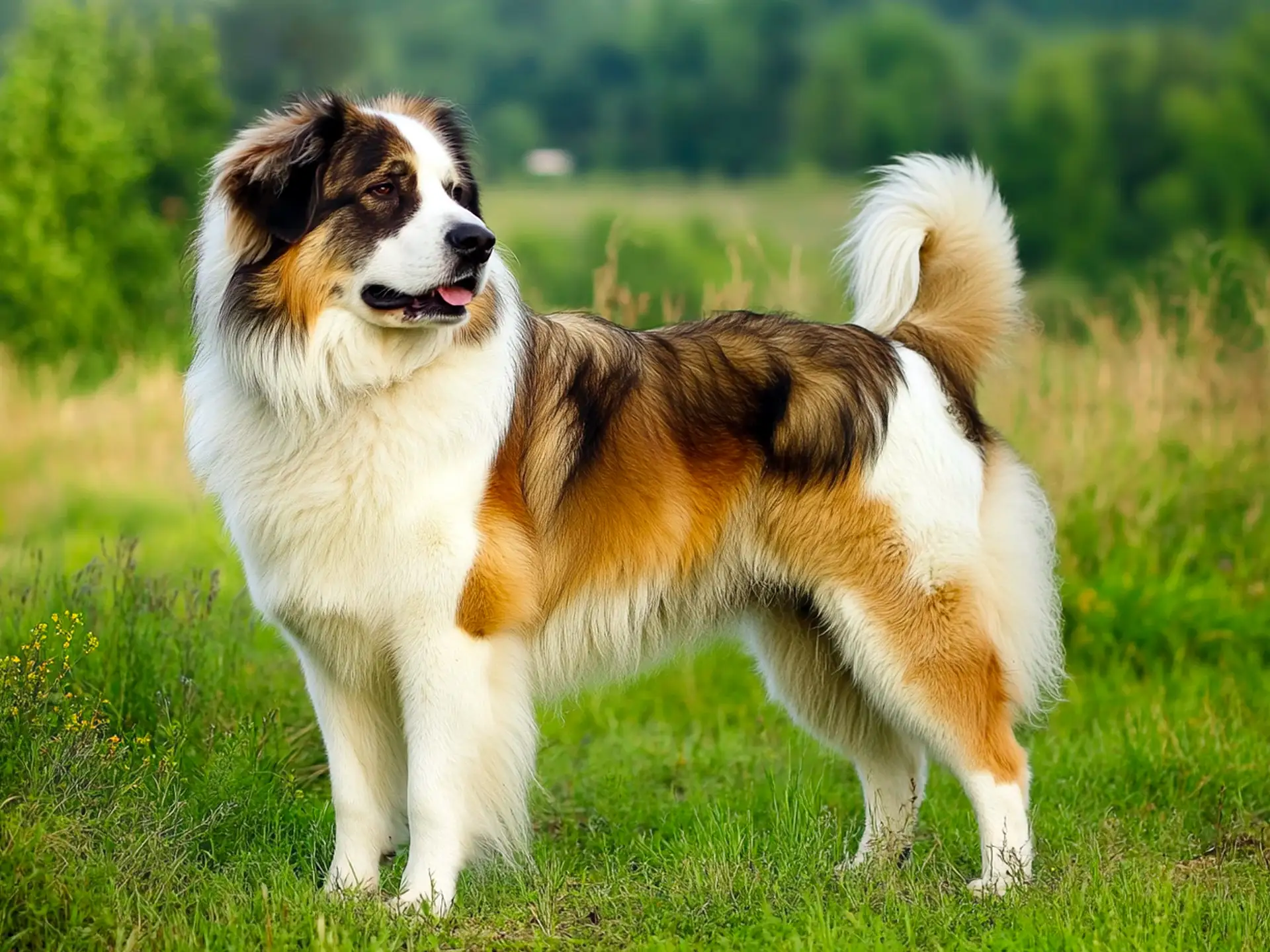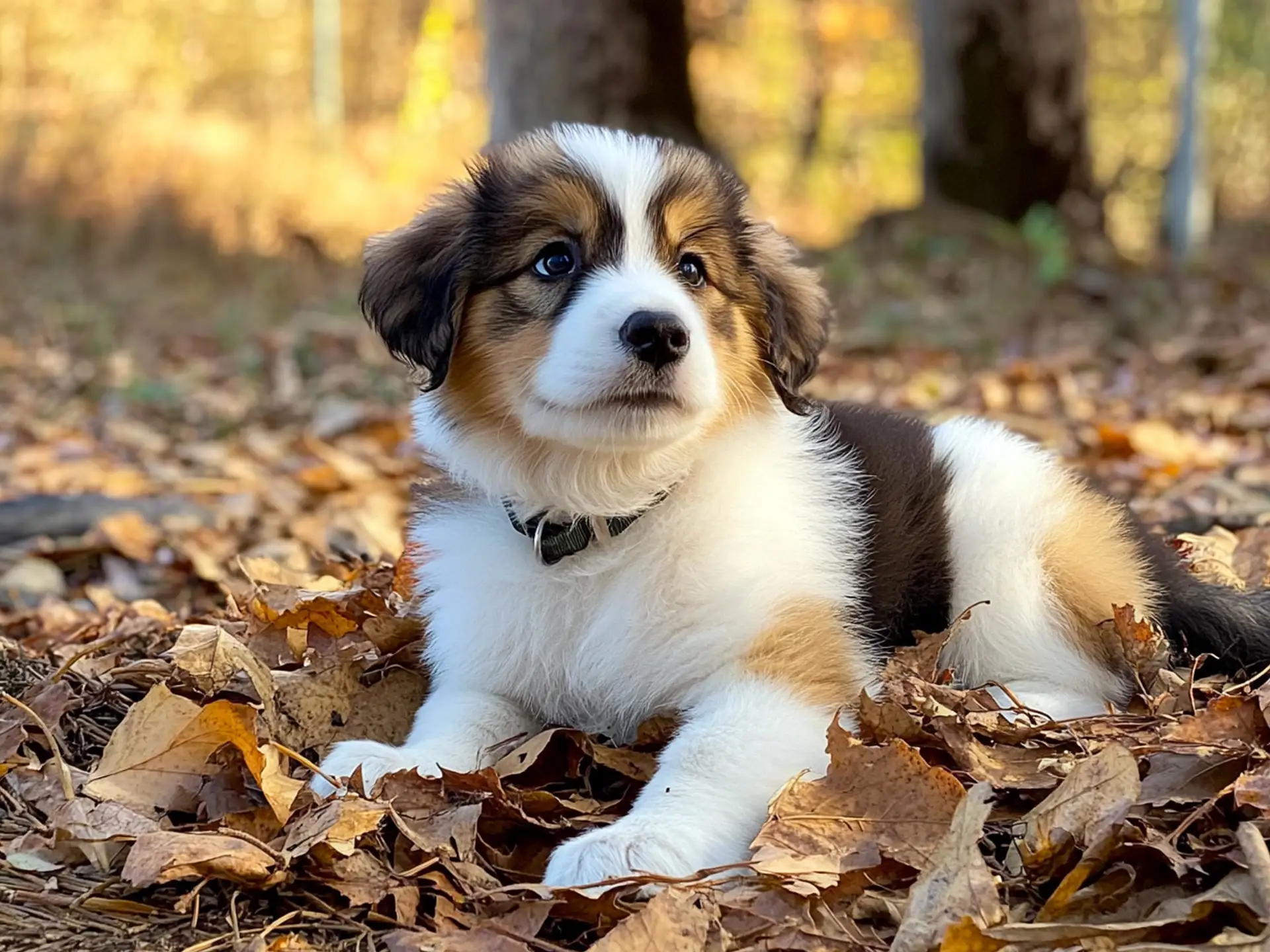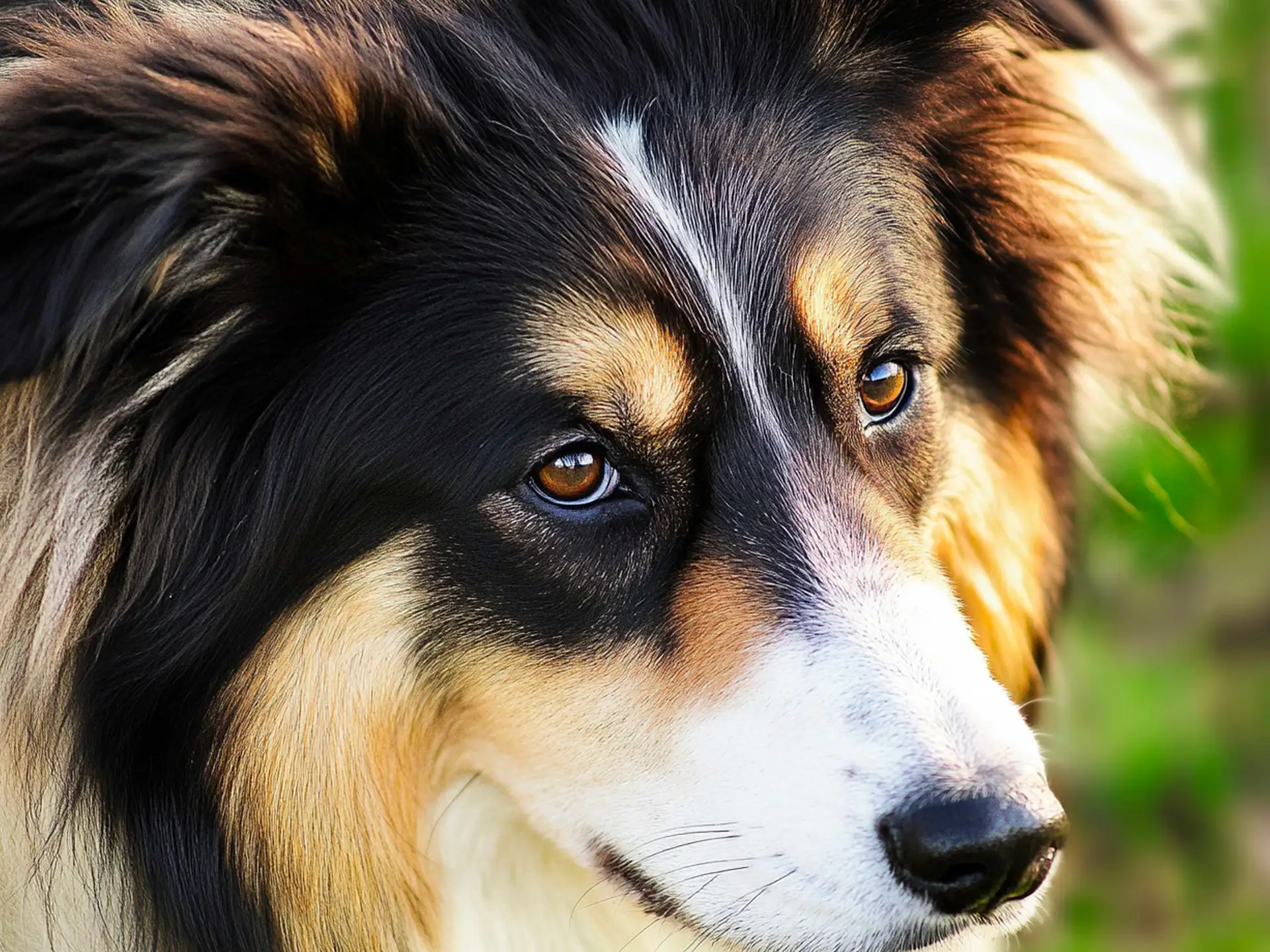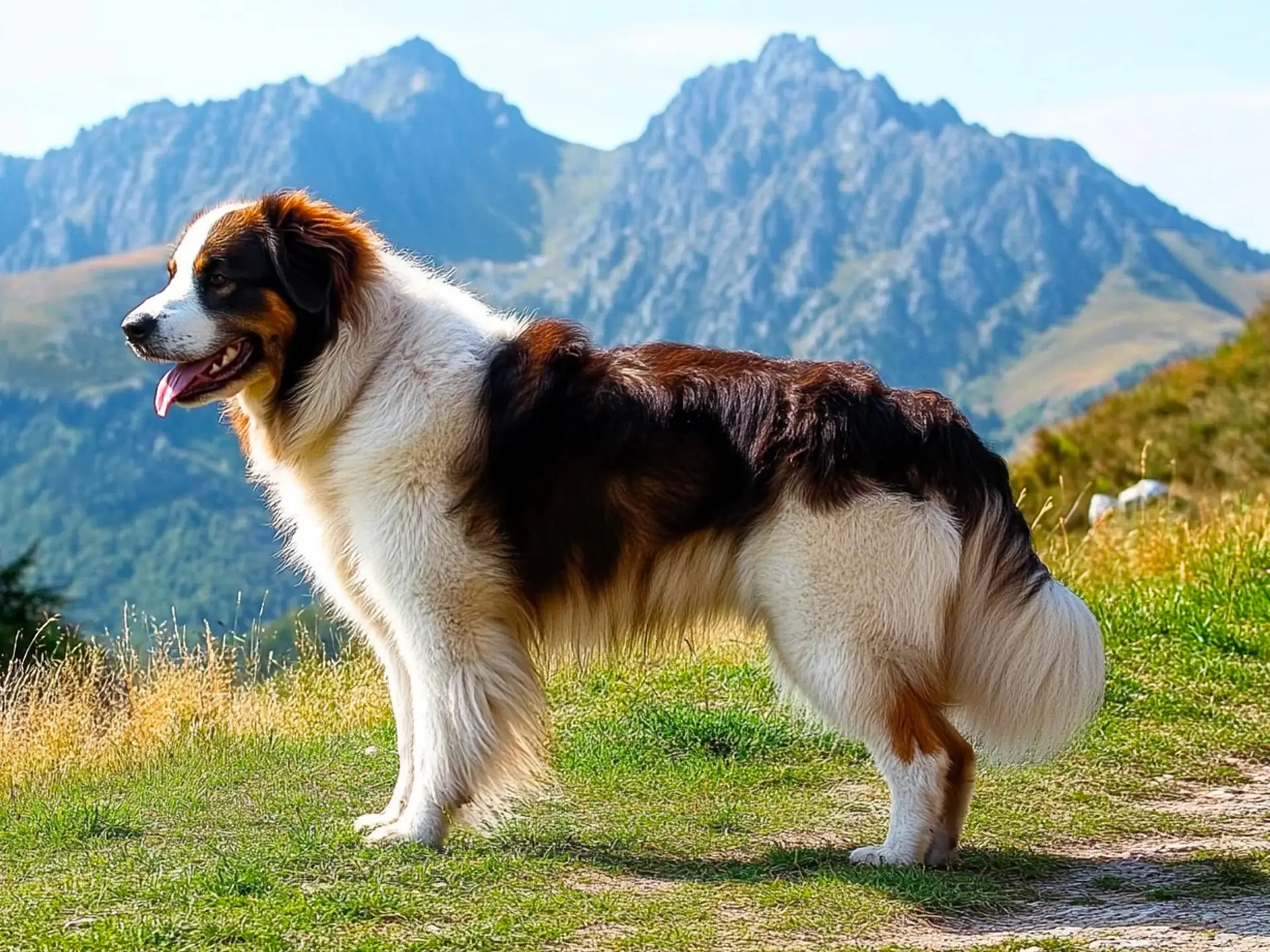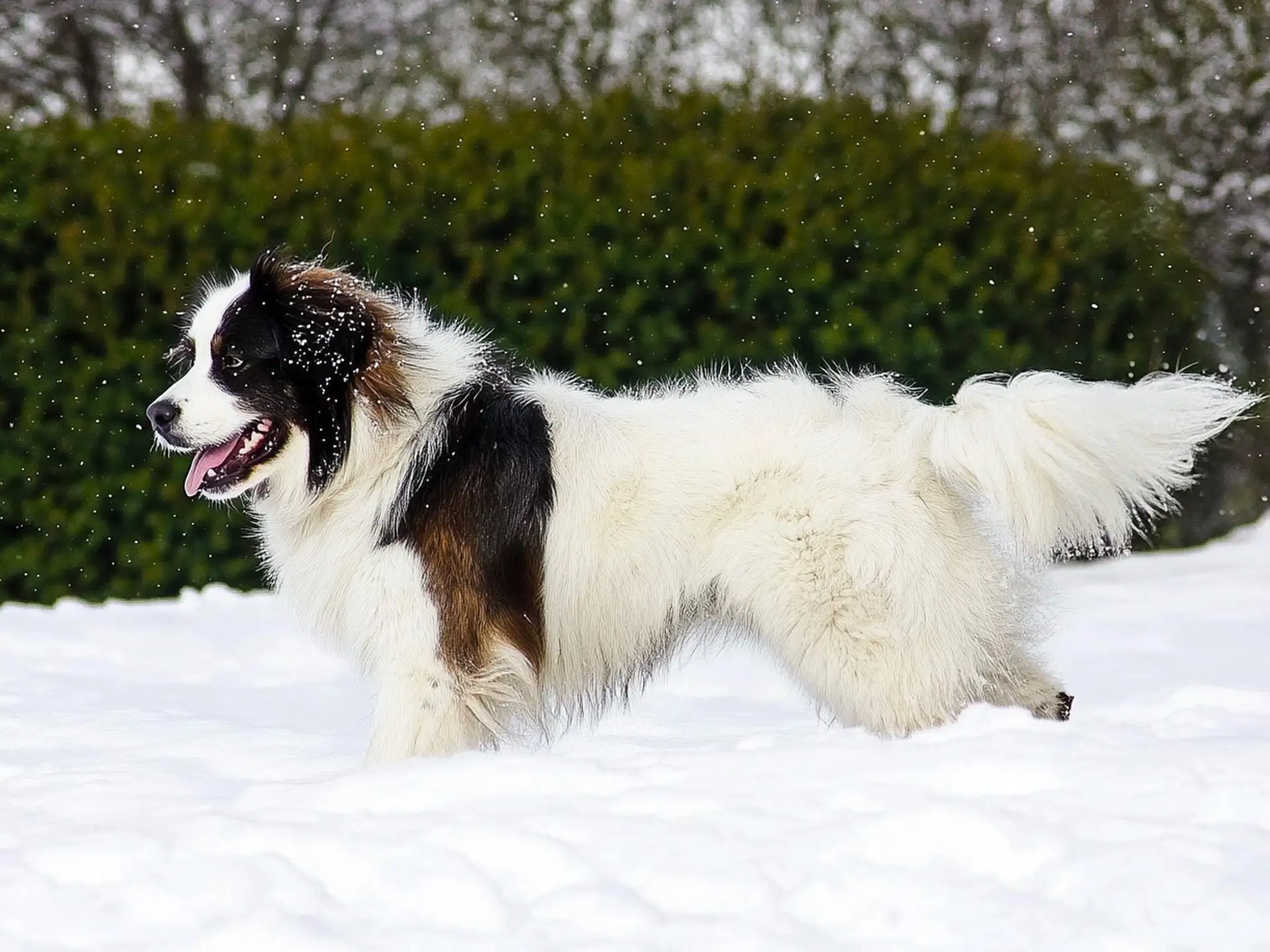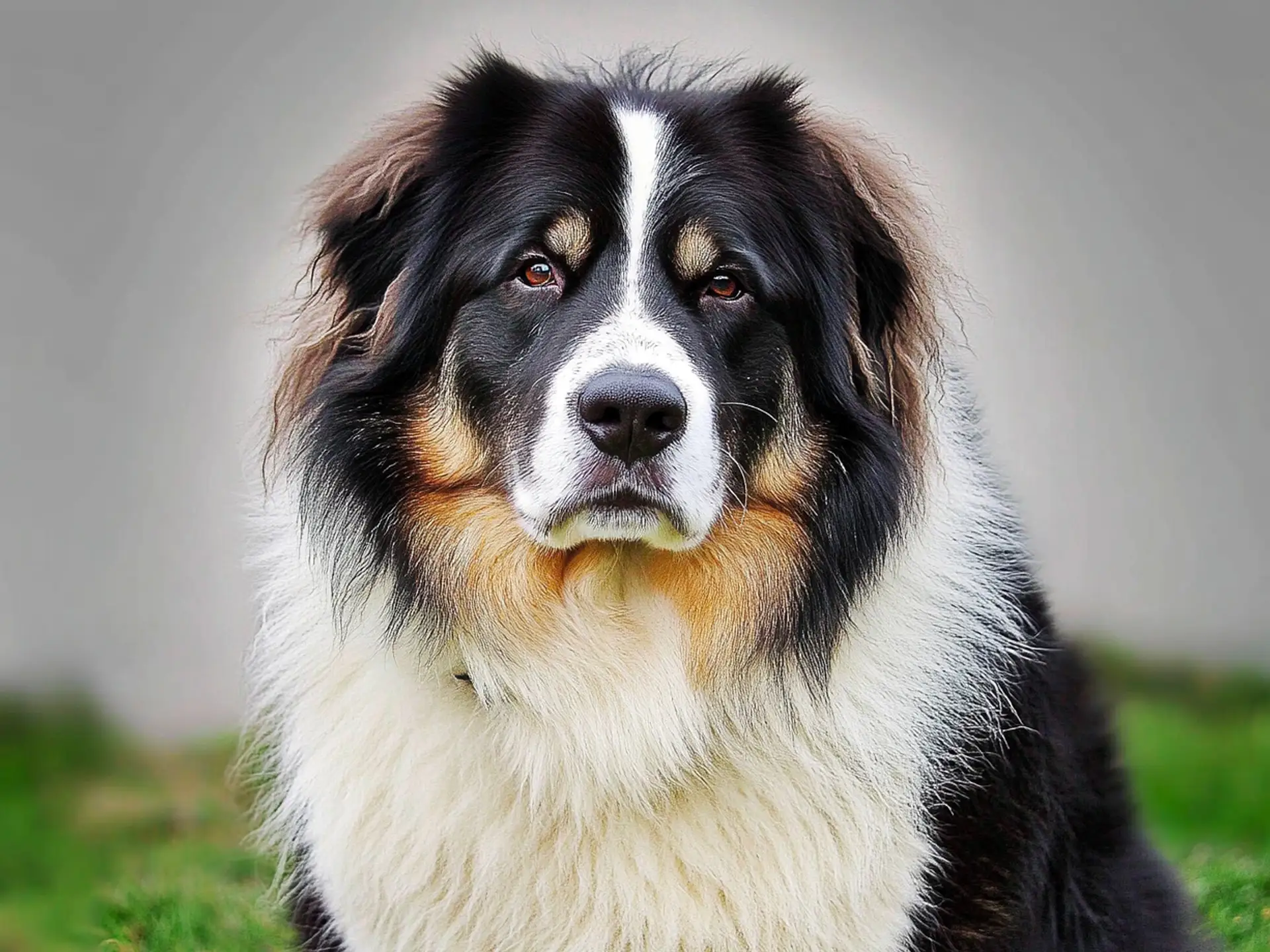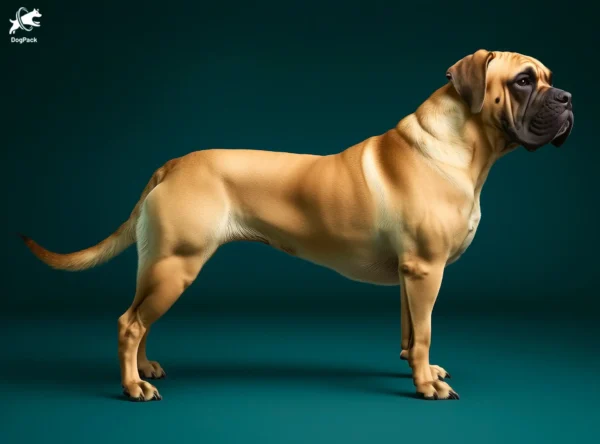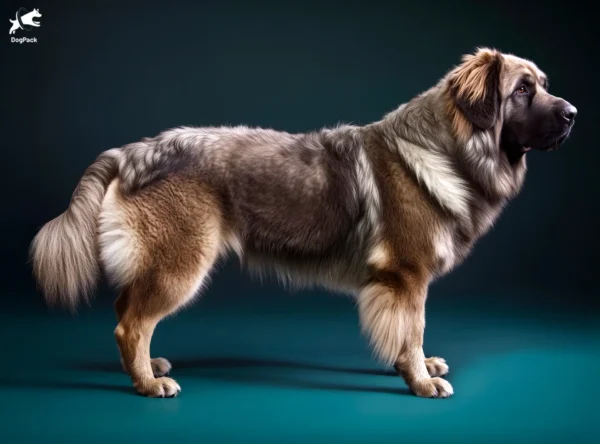Tornjak Dog Breed Info & Overview
Tornjaks are impressive livestock guardians known for their fearless nature and devoted personalities. These powerful dogs hail from the mountains of Bosnia and Herzegovina and Croatia, where they’ve protected flocks for centuries. Their calm demeanor around family and formidable presence around strangers make them a rare gem among large dog breeds.
Characteristics
Pictures
Breed History
Centuries ago, people in the mountainous regions of Bosnia and Herzegovina relied on a dedicated livestock guardian to protect their flocks from wolves and other predators. Over time, a robust and watchful canine emerged, shaped by harsh climates and rugged terrain. The Tornjak’s ancestors were selectively bred to be both fearless guardians and affectionate companions to shepherds.
Early written records, dating back to the 11th century, describe dogs with imposing frames and steady temperaments patrolling the snowy highlands. As the need for flock protection grew, local communities preserved these stalwart traits by careful breeding. This commitment ensured the breed retained its physical strength, loyalty, and resilience through generations of work in treacherous environments.
Modern recognition of this remarkable dog came relatively recently, thanks to the efforts of dedicated enthusiasts. They meticulously documented pedigrees and refined breeding practices, eventually gaining acknowledgment from international canine organizations. Although still considered rare outside its homeland, the Tornjak is treasured for its strong heritage and the vital role it continues to play in rural communities today.
Temperament, Personality
They’re often described as calm and serene around familiar faces, yet distinctly protective when a stranger appears. Their observant nature means they’ll happily watch over children playing in the yard, stepping in with a vigilant eye if something seems off. Confidence, loyalty, and a measured approach to new situations define these dogs’ personalities, making them both steady guardians and family allies.
Because they form close bonds with their human “pack,” these canines flourish when included in daily activities. Socialization should start early to ensure they remain levelheaded around visitors and other pets. While they’re naturally suspicious of unfamiliar situations, a properly introduced Tornjak can quickly warm up, showing surprising affection and gentle curiosity once they sense there’s no threat.
For households with children, their protective instincts can be reassuring, but owners should supervise playtime to guide positive interactions. In multi-pet settings, consistent, positive introductions typically help them see new animals as part of the family. Overall, a stable, well-socialized Tornjak is gentle at heart but stands ready to defend its home if truly necessary.
Physical Characteristics
This is a large, imposing dog, often commanding attention through sheer presence. Most have a dense, weather-resistant coat that helps guard against cold, snowy climates, giving them a robust look fitting for mountainous terrain. A moderately long tail, carried high or curled when on alert, adds to their regal silhouette and alerts potential intruders that they’re on duty.
Their coat can be either long or medium length, with a thick undercoat providing insulation. Coloration varies widely, though many have a distinctive pattern of white base fur with black, gray, or brown patches. These markings typically accentuate the breed’s muscular build, while broad chests, powerful limbs, and sturdy necks speak to a job that demands strength and endurance.
The Tornjak’s head is broad and well-proportioned, with dark, almond-shaped eyes that appear constantly aware of their surroundings. Ears set high, hanging close to the skull, complete their intelligent expression. Overall, this breed exudes a balance of power and agility, ready to move swiftly when duty calls yet capable of resting calmly within the family circle.
Health Issues
Although generally resilient, these dogs can face certain genetic concerns. Hip dysplasia is occasionally noted, so regular vet checkups and responsible breeding practices are crucial. Joint supplements and maintaining a healthy weight can help reduce stress on their hips and elbows, supporting long-term mobility and comfort.
Cardiac issues, while less common, may occur in some lines. Scheduling routine heart evaluations is vital, especially as they age. This ensures that any early signs of trouble are addressed promptly with proper treatment plans. Eye examinations are another worthwhile step, as rare congenital eye conditions have been documented in a small percentage of the population.
Preventive measures such as balanced nutrition, adequate exercise, and timely vaccinations keep your Tornjak in peak form. It’s wise to partner with a veterinarian who understands large working breeds, as they’ll anticipate certain health tendencies. Through vigilance and a proactive approach, owners can help ensure that these guardian dogs remain strong and capable for many years.
Grooming Needs
Their coat is designed to withstand harsh climates, so it’s naturally dirt-repellent. However, regular brushing—about once or twice a week—helps remove loose fur, minimize shedding around the house, and check for any skin issues. A slicker brush or comb with wide teeth usually works best for penetrating that thick undercoat and managing seasonal blowouts.
Bathing every couple of months is typically enough for most of these dogs. Over-bathing can strip natural oils, so it’s best to keep full grooming sessions spaced out unless they’ve really rolled into something messy. Trimming around the paw pads prevents snow, dirt, and debris from accumulating, while a quick wipe of the ears can reduce wax buildup and infection risk.
Nail maintenance is essential—like many large, active breeds, they can wear them down naturally with exercise, but it’s still wise to check monthly. When nails get too long, it stresses their paws and alters their gait. Working a simple ear, teeth, and coat inspection into your weekly routine ensures your Tornjak remains comfortable, clean, and ready for action.
Exercise Requirements
Bred to roam mountain pastures for hours on end, these dogs thrive on having open space and meaningful tasks. A daily walk is just the start—time in a fenced yard or rural property is ideal so they can patrol, sniff around, and stay mentally stimulated. If they’re confined too much, their pent-up energy can manifest in unwanted, destructive behavior.
Long hikes or extended outdoor adventures suit them perfectly. For those who enjoy winter sports like snowshoeing or backcountry skiing, they’re natural companions with stamina to match. Interactive play, such as hide-and-seek or puzzle games, also keeps their brains engaged. Ensuring varied activities is key to preserving their calm demeanor when they’re back inside.
A balanced regimen of physical and mental stimulation prevents boredom or restlessness. Owners often find that structured tasks, like carrying a weighted backpack on hikes, cater to the Tornjak’s work ethic. About 1–2 hours of combined exercise each day typically meets their needs, though lively individuals might want even more. Being active is an integral part of their overall well-being.
Training Tips
A firm but positive approach works best with these intelligent canines. They are independent thinkers, thanks to centuries of guarding flocks without constant human direction. Starting obedience work early will set the stage for a more harmonious household. Reward-based methods, rather than harsh corrections, help them remain eager to learn and maintain trust in their owner’s guidance.
Consistency is the secret ingredient. When they realize that commands aren’t negotiable, they’ll respect the boundaries you set. Provide clear expectations, and always follow through—mixed signals can confuse this bright breed. Socializing them with friendly strangers, livestock, or other animals in controlled settings also refines their protective instincts, teaching them when to stand guard and when to remain calm.
Short, varied sessions work wonders, ensuring they don’t become bored or unresponsive. Activities like scent work, advanced obedience drills, or even drafting exercises keep a Tornjak mentally stimulated. In group classes, they often observe everything around them before engaging, so patience is key. Over time, consistent effort transforms them into a polite companion that reliably responds to commands.
Nutrition, Diet
Because these dogs can easily top 70 pounds, high-quality food with moderate protein and balanced fats supports robust muscle and joint health. Look for formulas specifically crafted for large dog breeds that emphasize joint support. A diet incorporating glucosamine and chondroitin helps offset stress on their hips, which is particularly helpful as they age.
Puppies benefit from specially designed growth-stage diets to ensure their bones develop correctly. Gradually transition to adult food around 12–15 months, so they don’t pack on excess weight too soon. For adults, 3–4 cups of premium kibble per day, split into two meals, generally meets calorie needs. Extremely active or working Tornjaks may need an extra cup to maintain condition.
Monitoring body condition is critical—these dogs thrive when kept lean. In rural settings, where they have free range, consider measuring portions rather than free-feeding. If offering treats for training, factor that into total calories. Occasional additions like cooked lean meats or fish can offer variety, but always consult your vet to ensure dietary changes align with your Tornjak’s specific health needs.
Adoption, Breeders
Locating this uncommon breed may take persistence. Start by researching established Tornjak clubs and connecting with reputable breeders who prioritize health screenings. Asking for proof of hip and cardiac clearances helps you avoid significant health pitfalls. Expect thorough questions from breeders, as they’ll want to confirm your environment and experience align with the breed’s demanding needs.
Adoption is an option too, though rescue Tornjaks can be rare outside their homelands. Occasionally, dedicated guardians find themselves in need of new homes if prior owners were unprepared for such a large, protective canine. Checking with breed-specific clubs or Tornjak owner communities may lead you to available rescues or rehoming opportunities.
A wealth of Tornjak-specific information can be found through the Tornjak Club of North America, which provides breed education, breeder referrals, and community support. Reviewing their guidelines helps you evaluate a breeder’s practices or gauge a rescue dog’s characteristics. In the end, working with a knowledgeable source is the best way to ensure a healthy, well-adjusted companion.
Family Pet?
Households that want a diligent protector often find the Tornjak an appealing fit. Families with older kids appreciate the calm, watchful eye they keep over playful activities. Though gentle with their “pack,” these dogs still require training and early socialization to thrive in busy homes. A routine that involves everyone makes them feel included, enhancing their bond with each family member.
Young children and large protective breeds can mix successfully, but boundaries and supervision are vital. Respectful interactions, rather than rough play, foster mutual trust. When introduced to other pets as puppies, they typically learn to coexist well, so long as each pet’s space and resources are fairly managed. With consistency and patience, they can become affectionate household companions.
For families lacking prior experience with guardian-type dogs, it’s wise to consult trainers or breed experts early on. A Tornjak can be a true partner in family life, but only if everyone respects the dog’s instincts and commits to meeting its physical and mental needs. Given the right environment, they often transform into the ultimate loyal protector and gentle friend.
Right For You?
If you’re seeking a steadfast guardian that won’t shy away from a challenge, this breed’s proven track record won’t disappoint. They need ample outdoor space, consistent training, and owners ready to manage a strong protective drive. Those living in small apartments or leading a sedate lifestyle may find the Tornjak’s energy and size overwhelming.
Still, for the right person who values loyalty and a calm presence at home, few breeds can compare. It’s crucial to weigh your schedule, budget for professional grooming if needed, and willingness to invest in large-breed nutrition. Ultimately, the key question is whether you can offer enough engagement, exercise, and structured leadership to nurture this proud livestock guardian.
Conclusion
A Tornjak can be an extraordinary addition to a home that appreciates its watchful dedication and respects its rich heritage. With ample room to roam, proper socialization, and committed leadership, these dogs flourish as faithful protectors. If you’ve been dreaming of a rare breed that combines confident safeguarding with a heartwarming connection to its family, this majestic guardian might be your perfect match.
FAQs
-
How does the Tornjak compare to other livestock guardian breeds?
The Tornjak is more agile and responsive than heavier guardian breeds like the Pyrenean Mountain Dog. It has a strong territorial instinct but is less aggressive, making it a more balanced choice for both guarding and companionship in rural settings.
-
Do Tornjaks bond closely with one person or the whole family?
Unlike some guardian breeds that bond with a single handler, the Tornjak is deeply loyal to the entire family. It is highly protective but also gentle and affectionate, making it an excellent multi-person household guardian rather than just a one-owner dog.
-
How does the Tornjak handle extreme weather conditions?
The Tornjak thrives in both hot and cold climates, thanks to its dense double coat. It has seasonal shedding to adapt to temperature changes, making it well-suited for mountainous and harsh environments where livestock protection is needed year-round.
-
Can a Tornjak live in a suburban or urban home?
While adaptable, the Tornjak is best suited for homes with large yards or farms. It needs space to roam and a job to do, so urban living is not ideal unless owners can provide daily exercise and mental stimulation to keep the dog from becoming restless.
-
How does the Tornjak’s temperament change from puppyhood to adulthood?
Tornjak puppies are playful and sociable, but as they mature, they become calmer, more independent, and highly protective. Their guarding instincts fully develop around 18-24 months, making early socialization and training crucial for a well-balanced adult dog.
Breed Ratings
The Tornjak is sharp-witted and learns quickly, especially when motivated with consistent, positive reinforcement.
They can be playful but don’t expect nonstop games; they reserve energy for purposeful tasks.
Originally bred for outdoor work, they need regular activity and space to move freely.
Twice-yearly coat blowouts can be significant, but routine brushing helps manage shedding.
Although protective of flocks, they generally aren’t aggressive hunters. Early training keeps impulses in check.
Weekly brushing is necessary, and seasonal shedding requires extra attention to keep fur under control.
They’re intelligent but can be independent, so patience and consistent routines are key.
Moderate tolerance; they can handle some alone time if they have space and mental stimulation.
Generally quiet unless suspicious of a threat, then they’ll vocalize effectively.
Minimal drool except after meals or during high excitement, so cleanup is usually quick.
Tolerant with proper introductions; early socialization ensures smoother interactions.
A robust breed, though joint care and screenings are important for long-term well-being.

